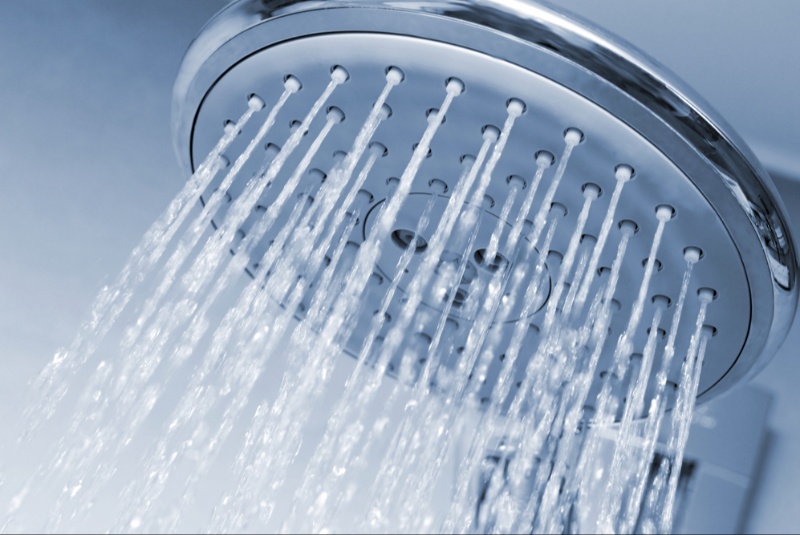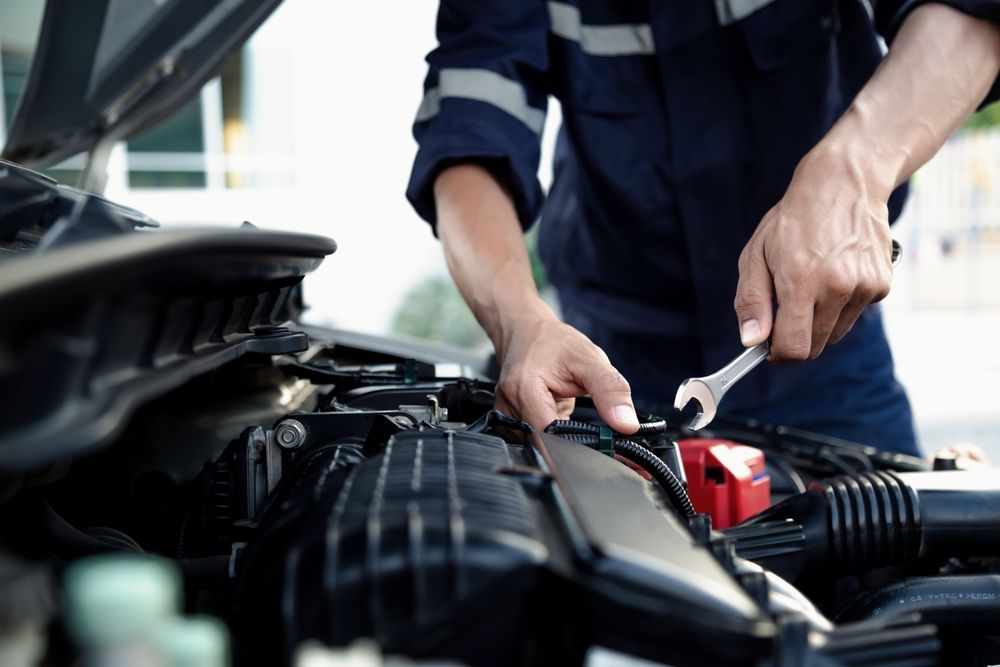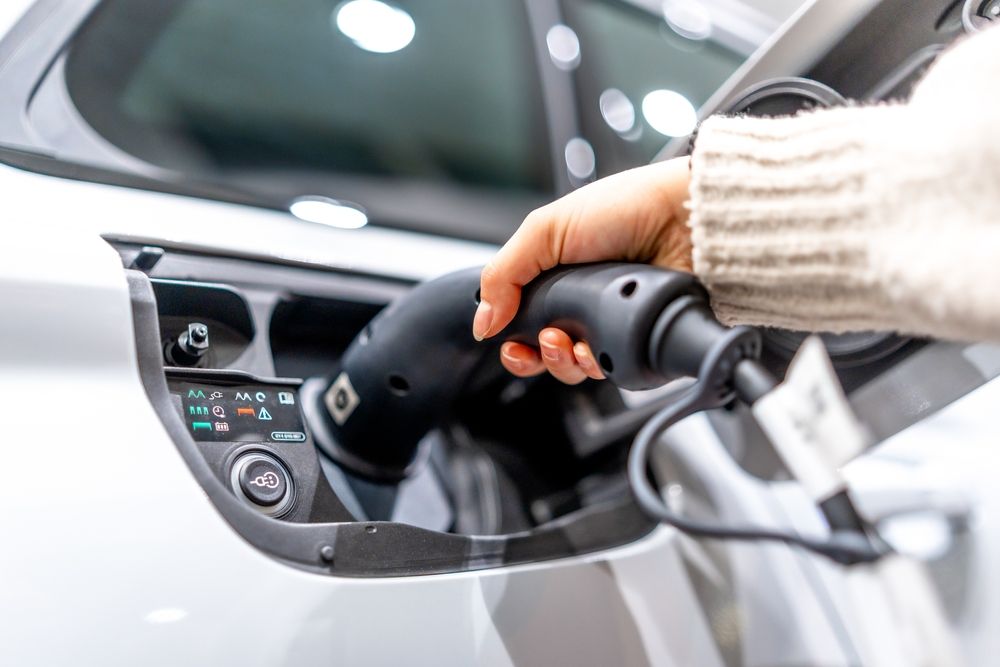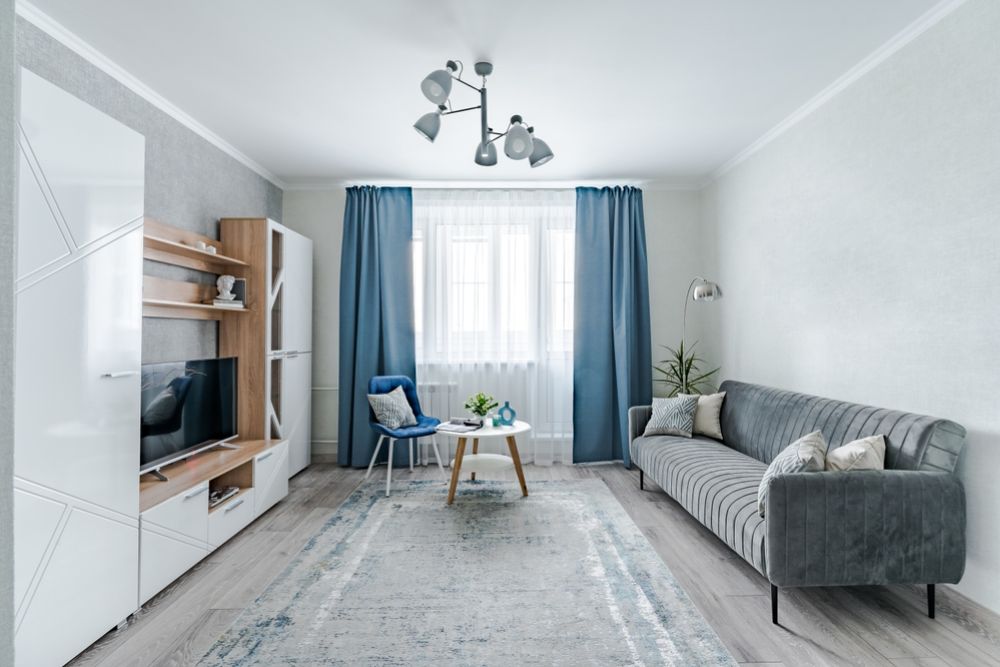Water is one of our most precious resources. With rising utility costs and increasing environmental concerns, homeowners and businesses alike are seeking ways to reduce water consumption. One effective and practical solution is the installation of low-flow fixtures. Making this simple change can result in significant savings on water bills and contribute to the global effort of water conservation.
What Are Low-Flow Fixtures?
Low-flow fixtures are designed to use less water than traditional fixtures. They achieve this through a combination of pressure and flow optimization techniques. These fixtures include low-flow faucets, showerheads, and toilets. They are specifically engineered to deliver the necessary water amounts for everyday tasks without any wastage.
Benefits of Installing Low-Flow Fixtures
- Cost Savings: The most immediate benefit is the reduction in your monthly water bills. With less water being used for daily chores like bathing, washing hands, and flushing, homeowners can see a noticeable decrease in their utility bills within a few months.
- Environmental Impact: Freshwater is a finite resource. By reducing water use, we are minimizing our environmental footprint and helping conserve this valuable resource. This not only helps local ecosystems but also reduces the energy used in water treatment facilities.
- Extended Water Heater Life: Using less hot water means your water heater doesn't have to work as hard. This can prolong its life, leading to savings in appliance replacements and repairs.
- Improved Performance: Contrary to popular belief, many users report that low-flow fixtures offer a better experience than their traditional counterparts. Modern technology ensures that, while less water is used, the pressure and effectiveness remain optimal.

Choosing the Right Low-Flow Fixtures
When shopping for low-flow fixtures, it's essential to ensure you're getting a product that suits your needs. Here are some tips:
- Check for Labels: Reputable low-flow fixtures will often have a WaterSense label. This label, backed by the U.S. Environmental Protection Agency (EPA), indicates that the fixture meets specific performance criteria and efficiency standards.
- Understand the Specs: For showerheads and faucets, look for flow rates of less than 2.5 gallons per minute (GPM). For toilets, opt for models using 1.28 gallons per flush (GPF) or less.
- Consider Your Home's Needs: If you live in an area with especially hard water, look for fixtures that are designed to handle such conditions without clogging or reduced performance.
- Read Reviews: Other users' experiences can give insight into the fixture's real-world performance, ease of installation, and long-term durability.
Installation Tips
While many homeowners opt for professional installation, those with some DIY experience can often handle the process themselves. Here are some tips:
- Shut Off the Water: Always turn off the water supply before starting the installation to avoid unnecessary messes and potential water damage.
- Follow Manufacturer's Instructions: Every fixture is a bit different, so always read and adhere to the provided guidelines.
- Use the Right Tools: Ensure you have the necessary tools on hand, such as wrenches, Teflon tape, and plumber's putty.
- Check for Leaks: After installation, turn the water back on and check for any leaks. Addressing these immediately can prevent damage and ensure optimal performance.
Installing low-flow fixtures is a sustainable choice that can result in tangible savings for homeowners. By making this change, you are not only lightening the load on your wallet but also contributing to a more environmentally-conscious future. With advancements in technology, low-flow doesn't mean low performance. Instead, it's an opportunity to enjoy the same, if not better, functionality while doing good for the planet.




